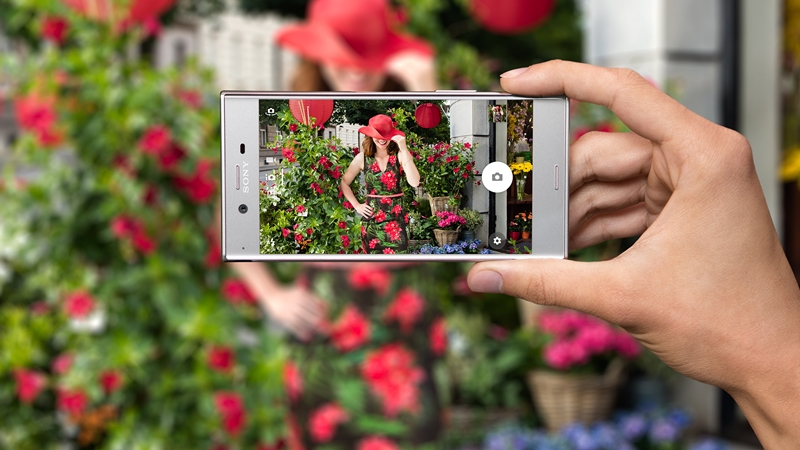Sony has today revealed the follow-up to its extremely expensive Xperia Z5 series, the Xperia XZ and the Xperia X Compact.
Before we take a look at the handsets themselves we need to address the elephant in the room – Sony’s naming conventions.
While Sony has used the Xperia Zx – where ‘x’ is replaced with a number – to denote its flagship range of smartphones, last year the company categorised different versions of the Z5 series with suffixes such as Compact (which if memory serves has been used since in the Z3 range) and Premium.
This year Sony will have the premium XZ handset replacing the Z5 and Z5 Premium we saw last year. The X Compact is the replacement for the Z5 Compact but resembles the Xperia X that launched earlier this year more than the XZ.
Now that everybody is on the same page, let’s look at the handsets.
Snap to it
As with the Z5-series, there is very little difference between the XZ and X Compact aside from the chipset, CPU, and a few other bits.
What the phones do share is camera tech. Designed in-house at Sony, the XZ and X Compact will house three sensors: an imaging sensor, a laser auto-focus sensor and an RGB-IR sensor.
The camera also boasts better photography in low-light conditions by using predictive auto-focus and precision auto-focus to improve stills taken. The result from samples we saw are clearer images with colours that appear truer to life than most smartphone cameras.
It’s worth noting that Sony is calling this the best smartphone camera it’s ever produced.
Sony Xperia XZ
The big boy from Sony features an IP68 water- and dust-resistant rating which the X Compact doesn’t. The 5.2-inch handset can record video at UHD (3 840×2 160) and audio in stereo thanks to two microphones on either side of the handset.
As to the internals, the XZ will house a Snapdragon 820 chipset with a quad-core CPU with two cores running at 2.2GHz and the other two at 1.6GHz. The CPU is paired with 3GB of RAM and there is 32GB of internal storage along with support for a microSD card (max 256GB).
For connectivity users will be able to capitalise on the XZ’s support for Cat 9 LTE and 802.11ac class WiFi.
The real star of the XZ though appears to be its battery. While the battery is a small-sounding 2 900mAh affair, Sony says that it’s expected to last a user two days on the trot. When the battery dies, a 15 minute charge will reportedly give a user 4 hours of life.
What’s more, with Qnovo Adaptive Charging your phone will learn how best to charge. For example, if you plug your phone into the wall when you go to bed the battery won’t charge all the way up to 100% in one shot. The battery will charge up to say 80% (this was the anecdotal in the example Sony gave us) and in the last hour it will complete the remaining 20%.
This is, according to Sony at least, meant to extend the overall life of your battery.
Sony X Compact
The X Compact, as the name suggests, is a smaller handset. The display is a smaller 4.6-inch affair, but the camera tech inside is the same as it is in the XZ.
The battery is also smaller in this handset coming in at just 2 700mAh. Sony does say however that it features the same Qnovo adaptive charging seen in the XZ.
For the chipset in the X Compact, Sony has selected a Snapdragon 650 from Qualcomm. This does limit the LTE to category 6 rather than 9 but you do need to make some sacrifices for a smaller form factor.
Internal storage clocks in at 32GB and there is a room for a microSD card up to 256GB.
Sadly there is no water and dust resistance rating for the X Compact.
As to when you can expect this phones to come into the wild, Sony South Africa expects users to see the phones offered by network operators from October, but the exact date is yet to be confirmed by Sony.

